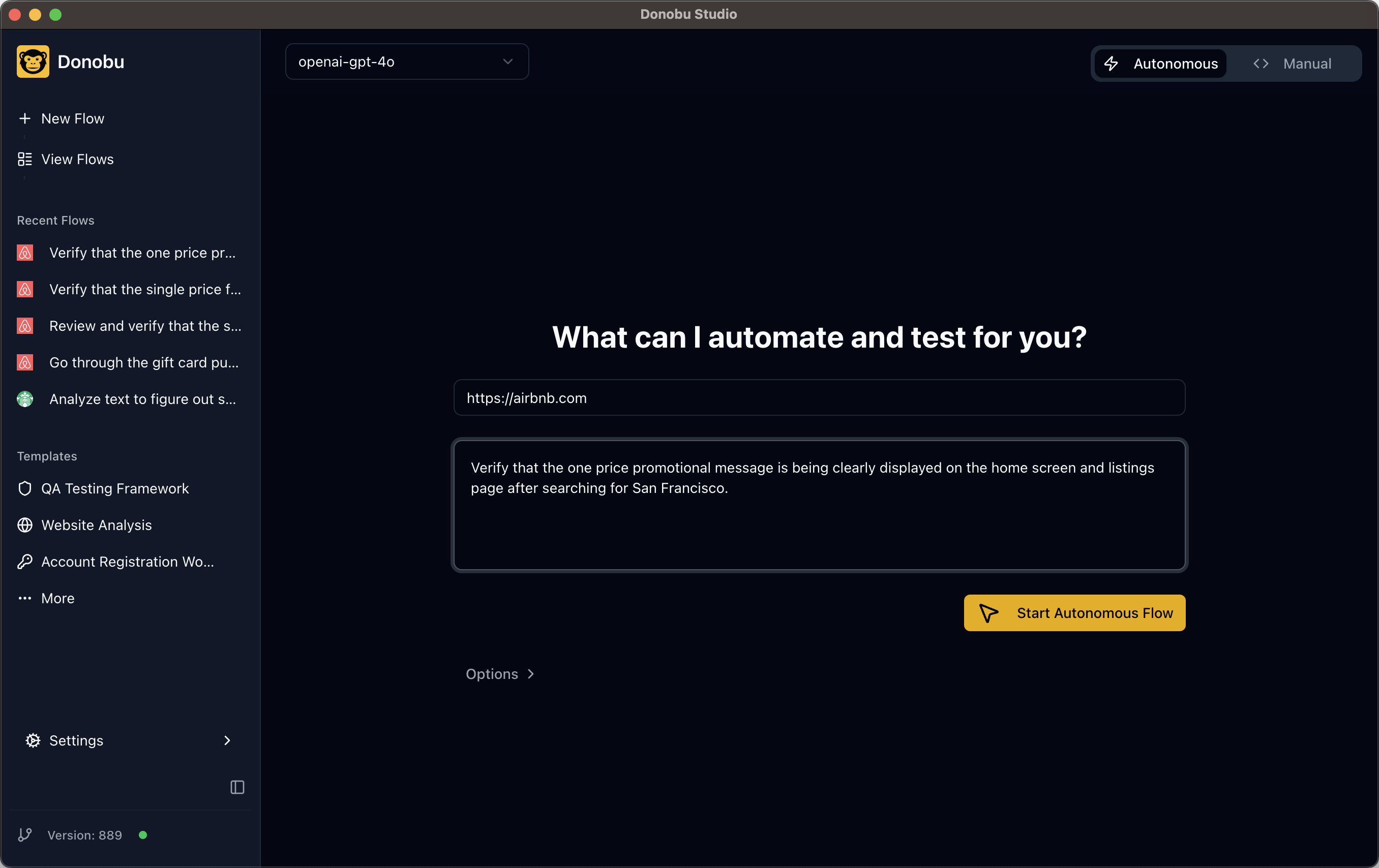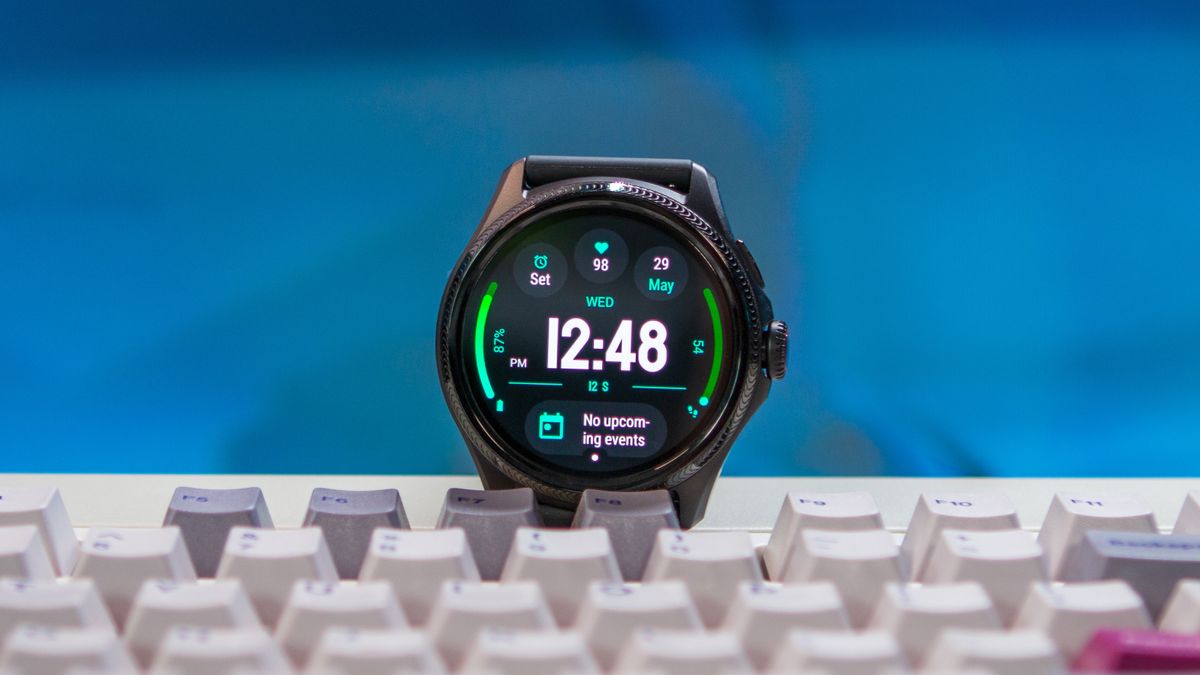Get the latest tech news
Heart rate variability differs between smartwatch and clinical testing
At a time when usage of smartwatches and rings has become more common, a West Virginia University human performance researcher points out heart rate variability — the time between heartbeats — the devices report is different from what would be recorded in a clinical setting.
New West Virginia University research finds heart rate variability — the time between heartbeats — reported on smartwatches and rings is different from what’s recorded in clinical settings. “Heart rate variability has been used for nearly 100 years as a non-invasive measure of the autonomic nervous system, having been linked to overall mortality, cardiovascular health and stress,” said Matt Tenan, program director for Human Performance Research and Data Science at the WVU Rockefeller Neuroscience Institute. Wearables operate with photoplethysmography, or PPG, a technology that shines a light into the skin and produces a reflection of the blood moving just below the finger or wrist to record heart rate.
Or read this on Hacker News

